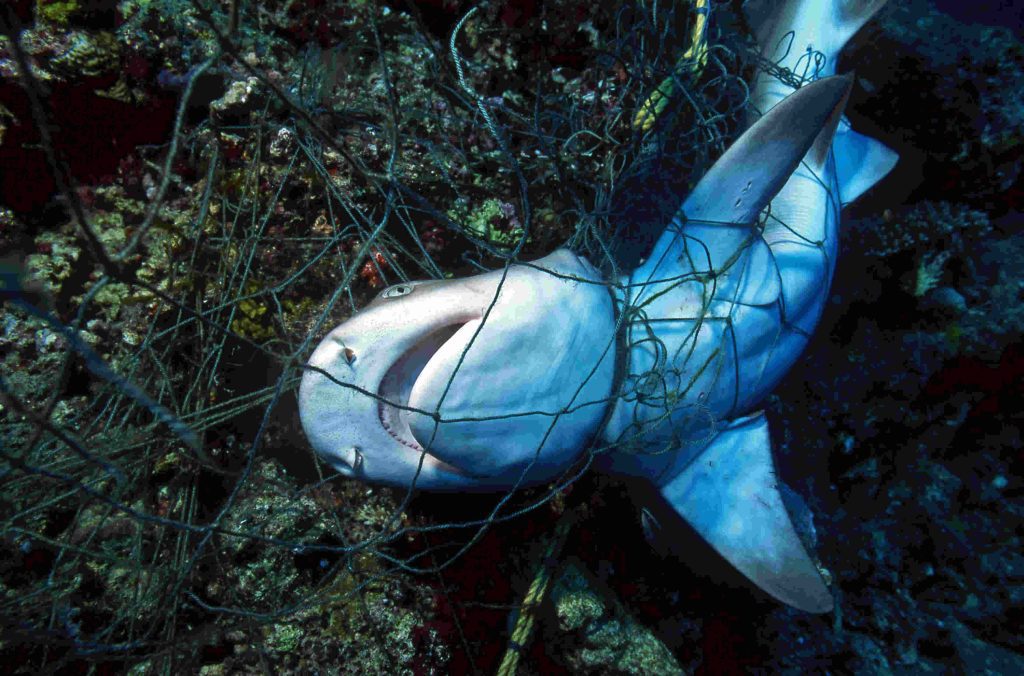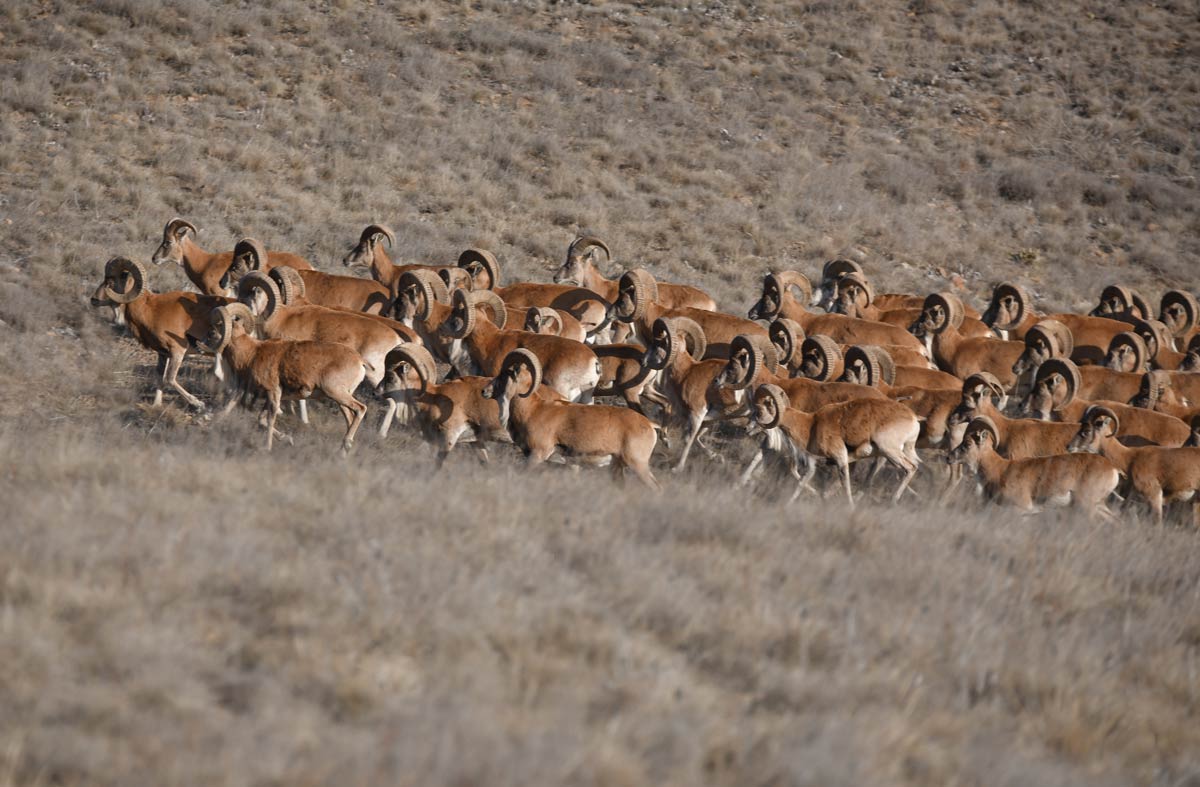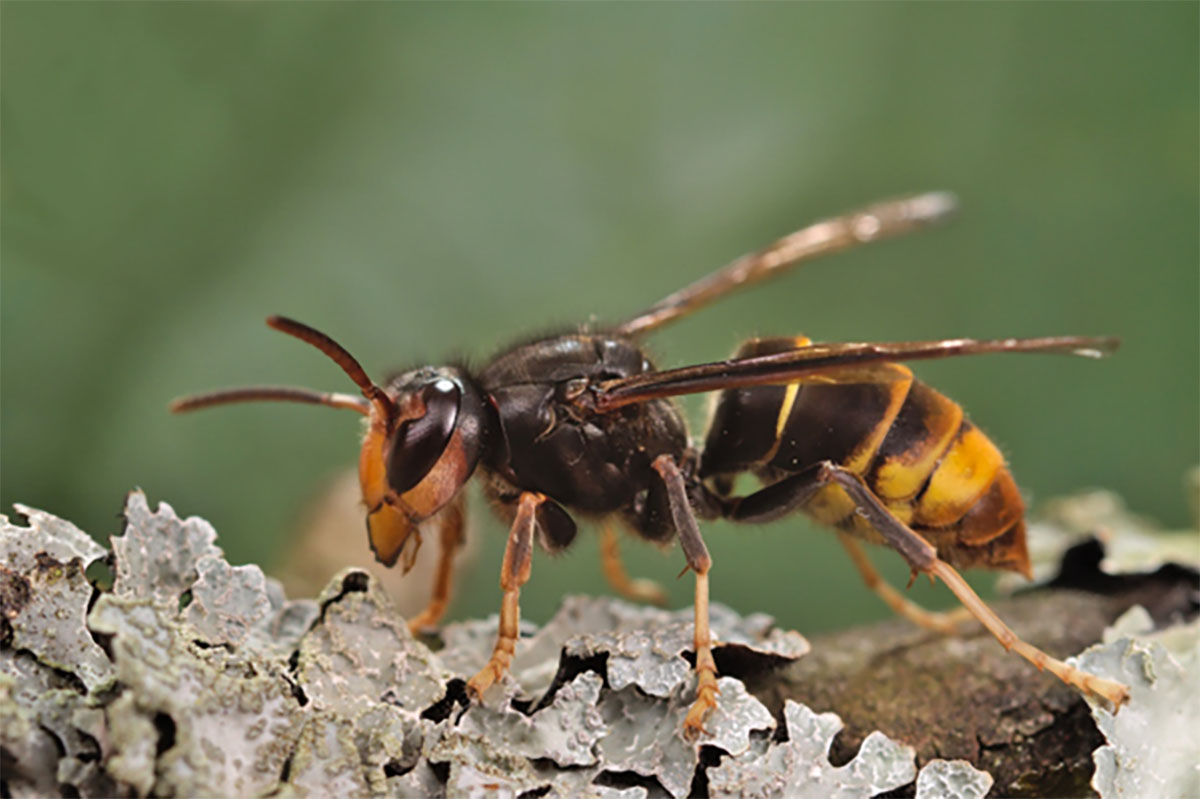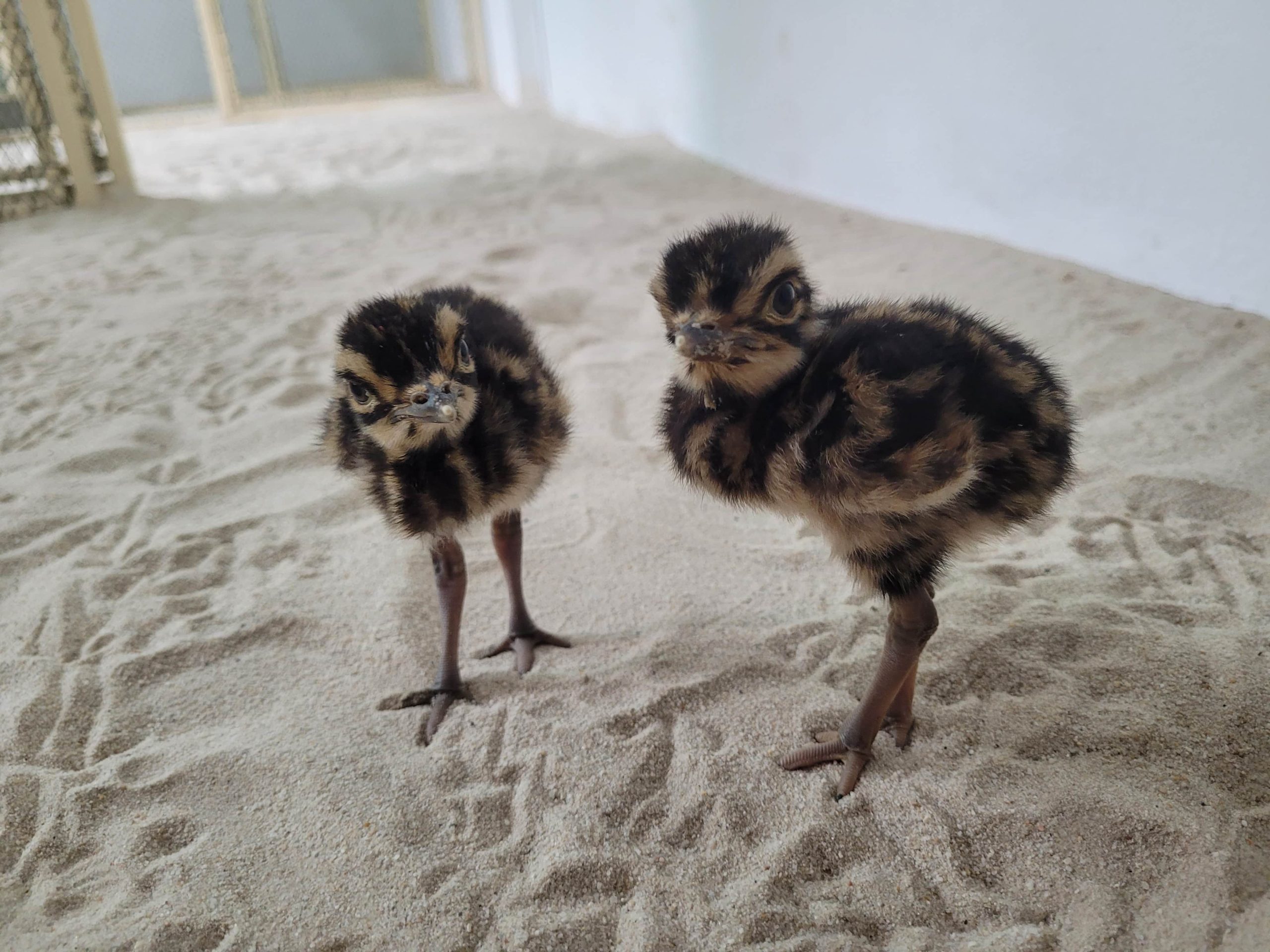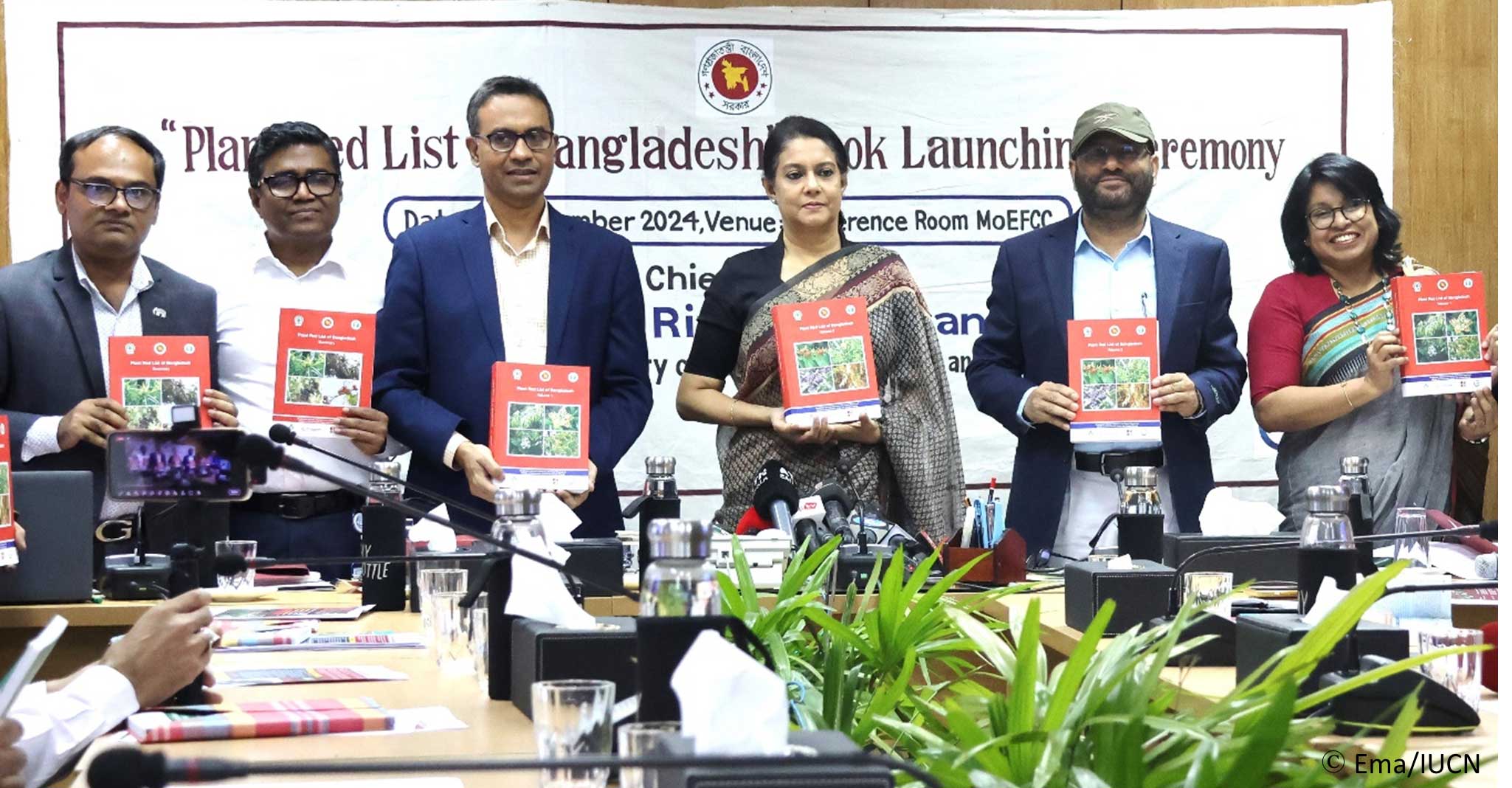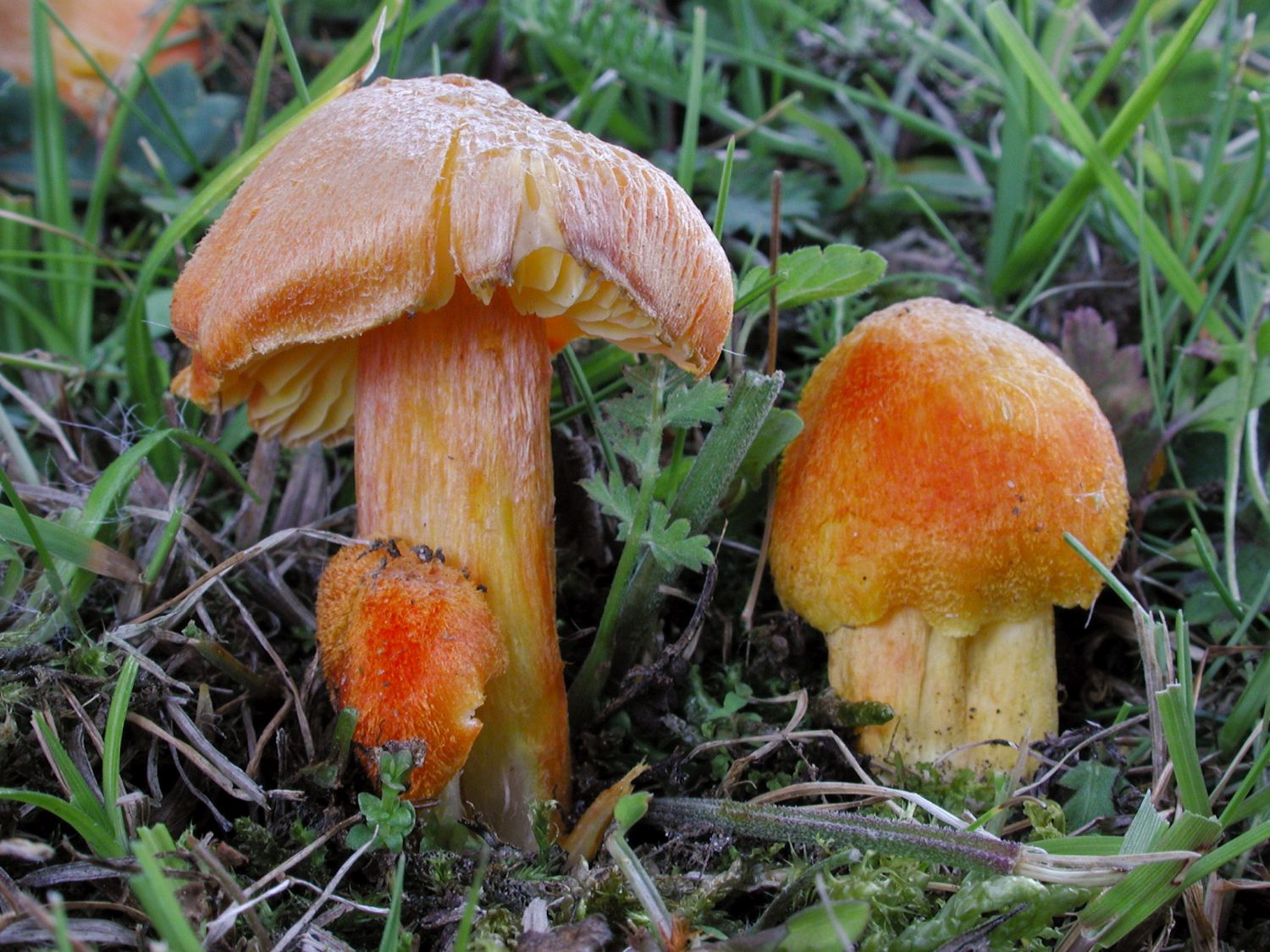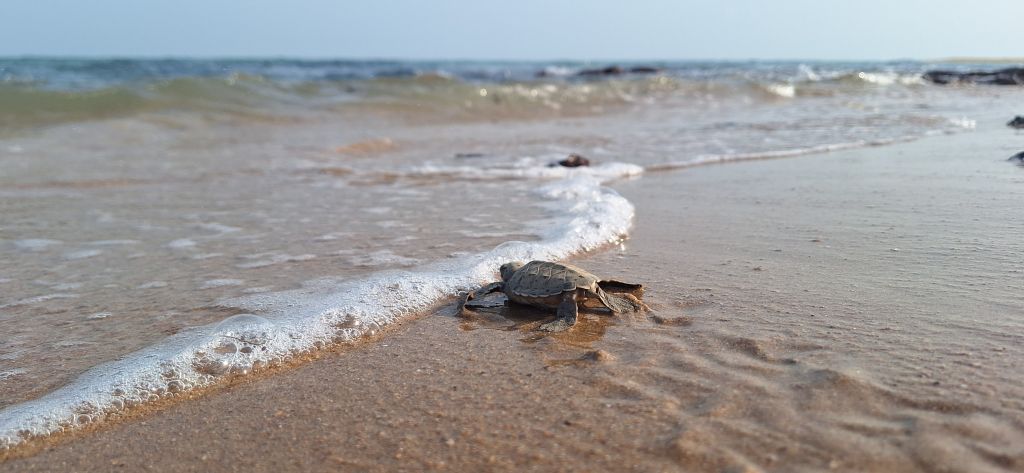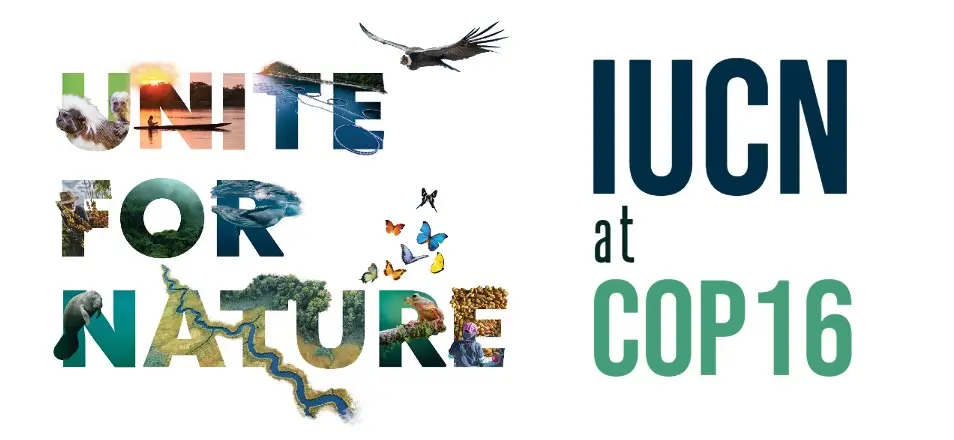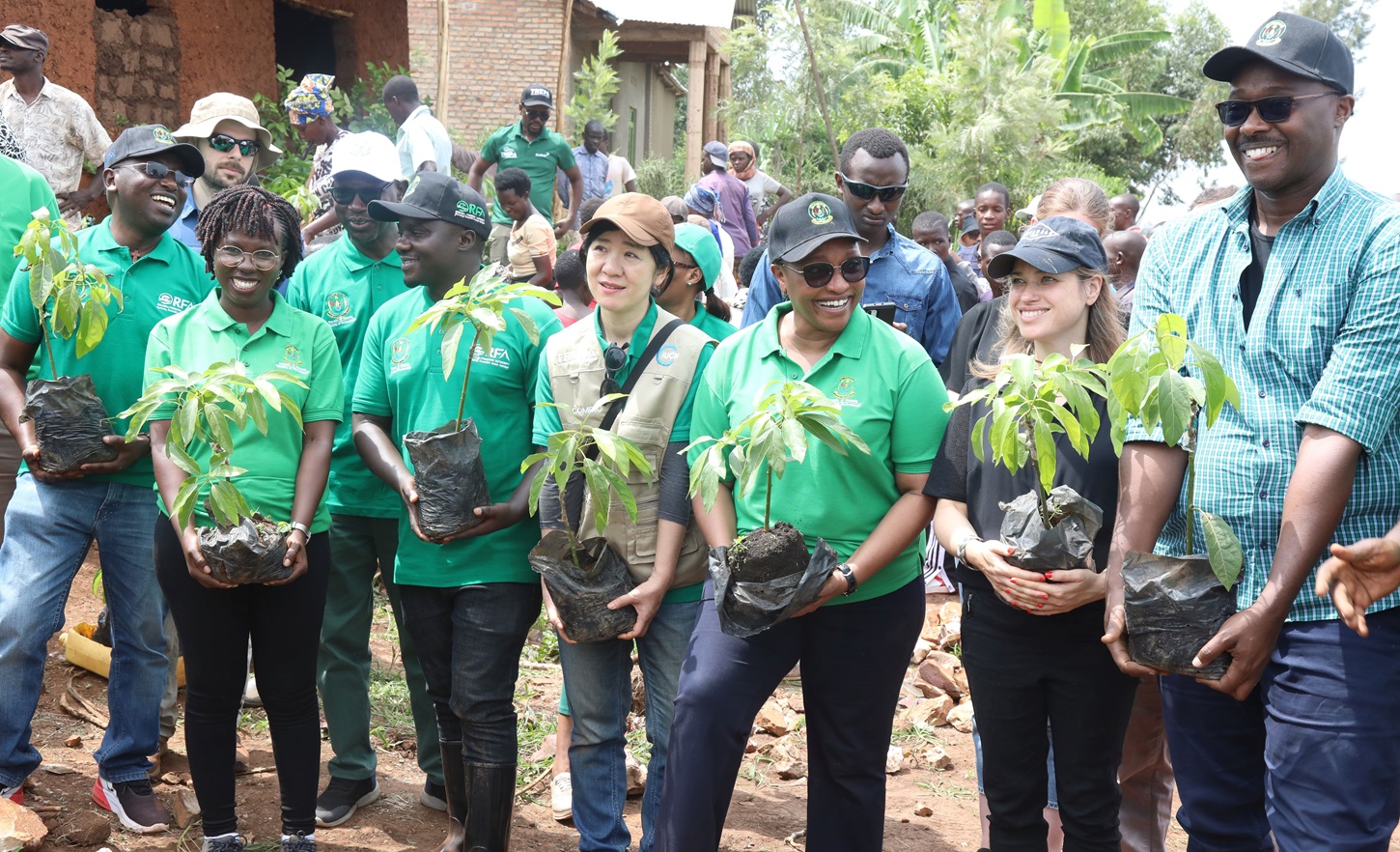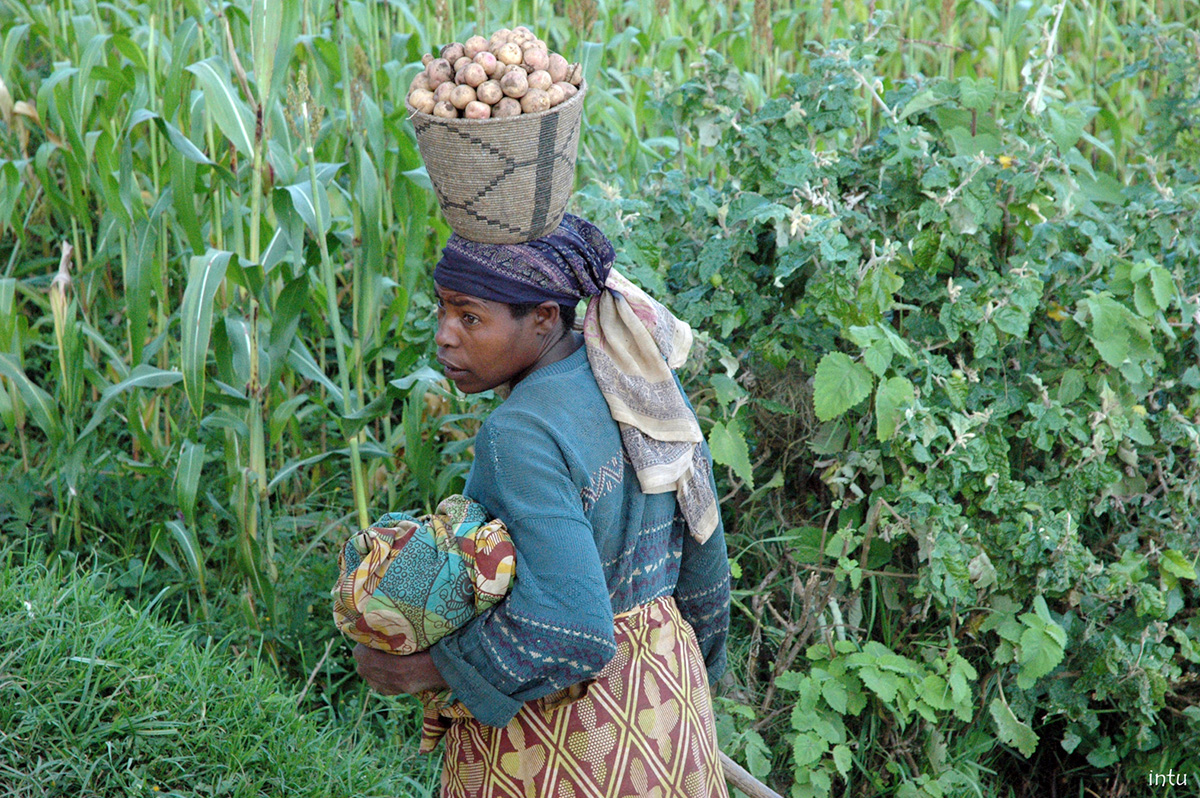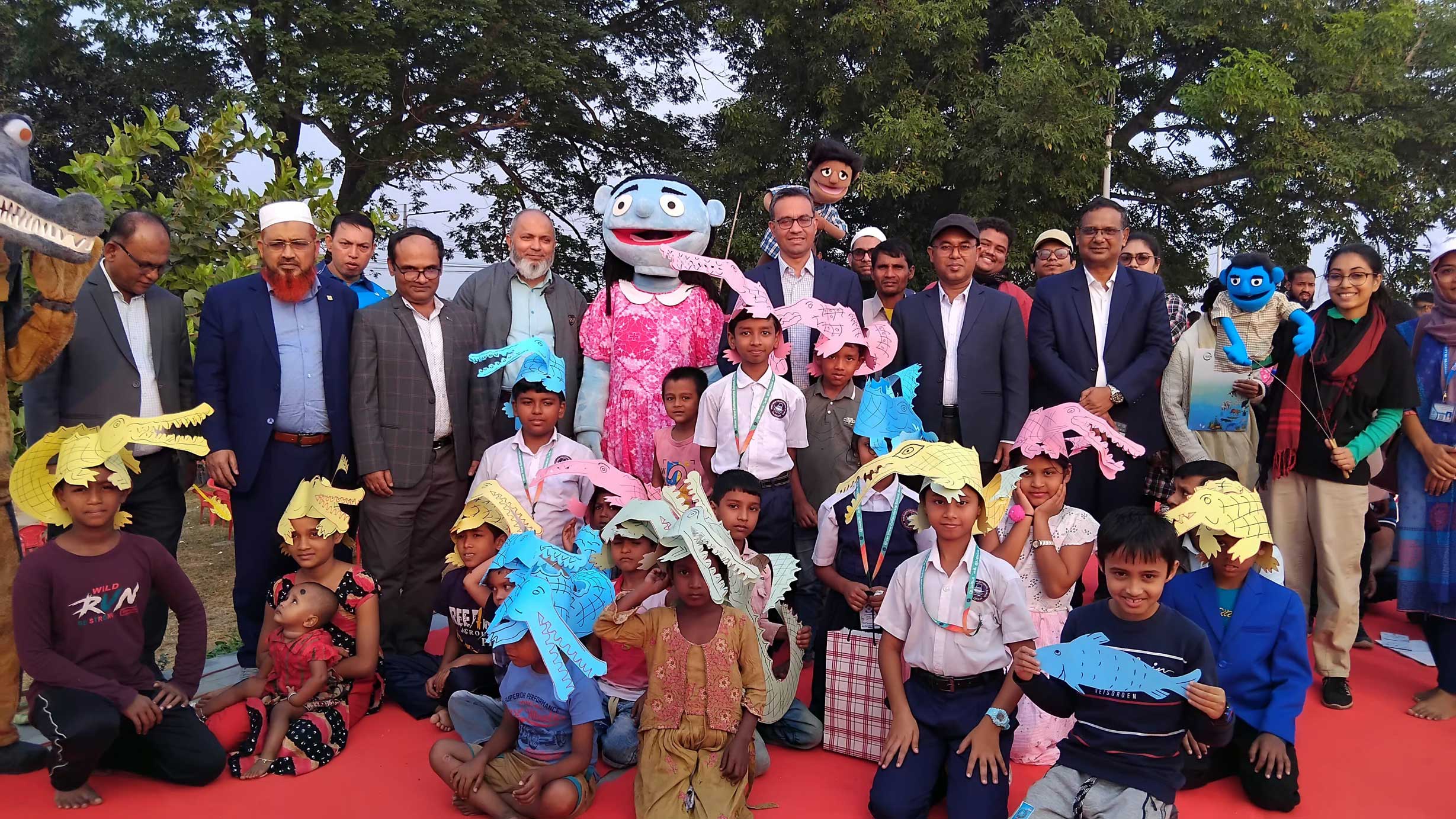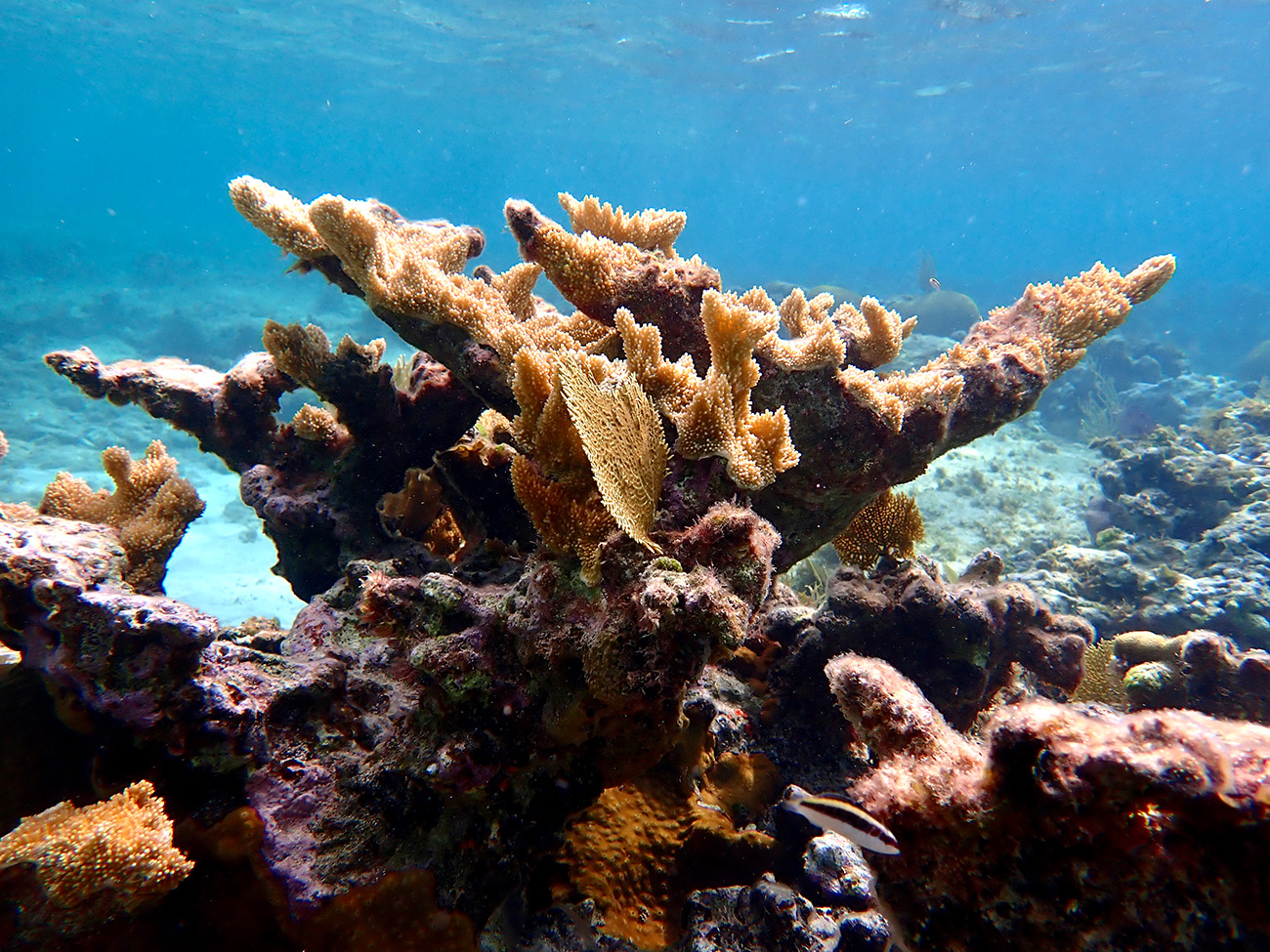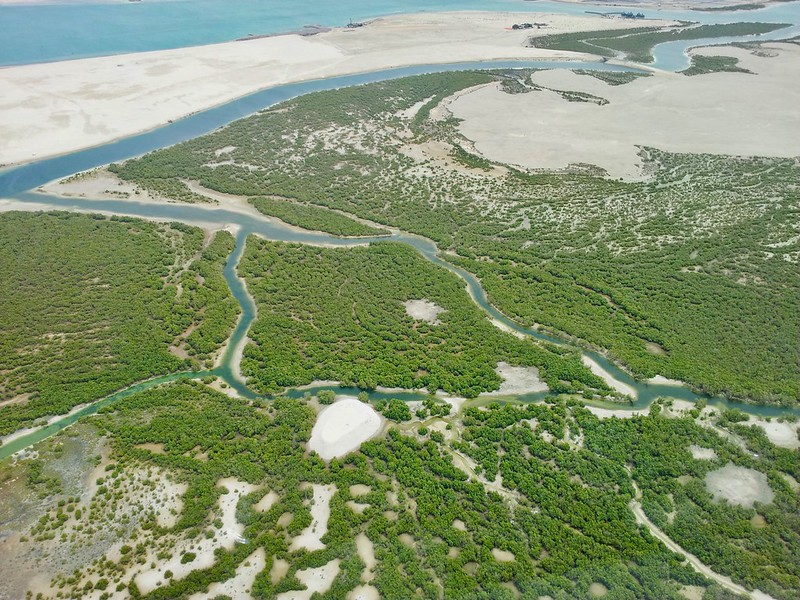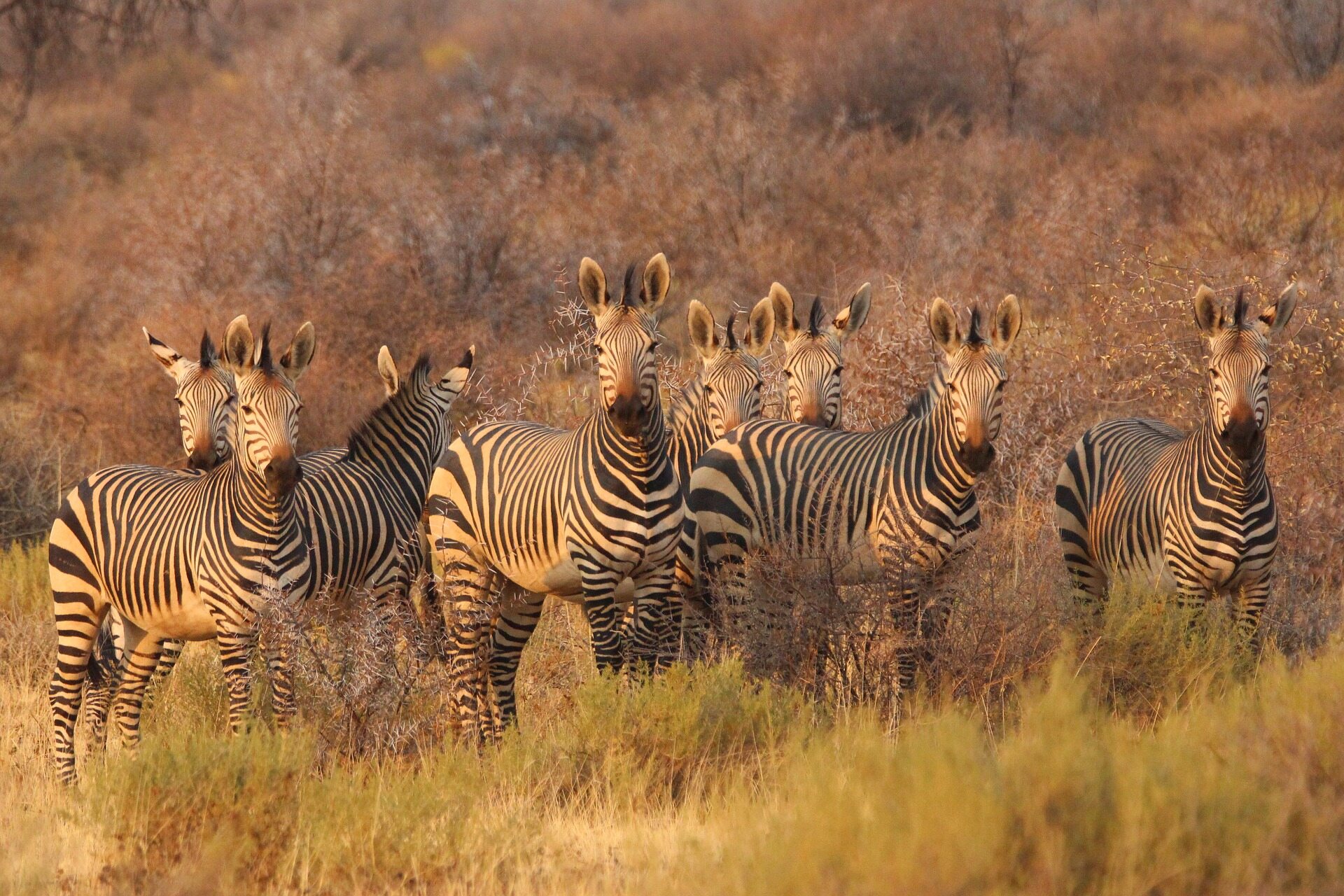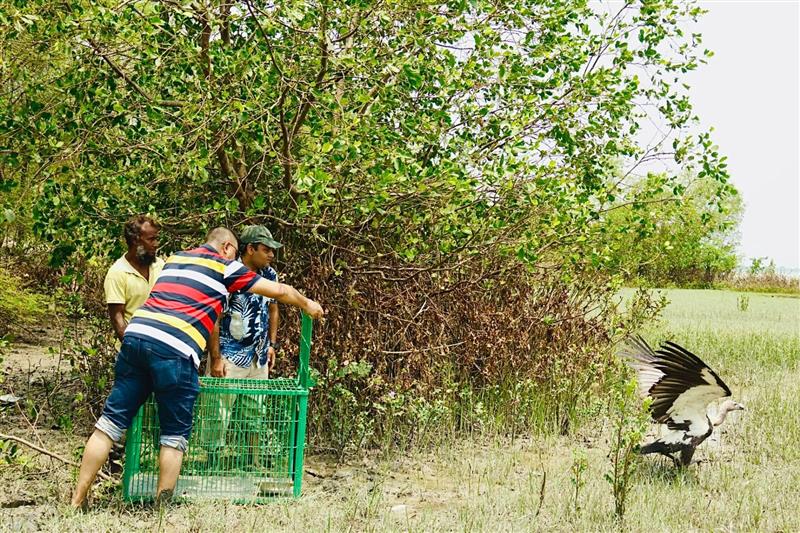The SMART platform consists of a set of software and analysis tools designed to help conservationists manage and protect wildlife and wild places. SMART can help standardize and streamline data collection, analysis, and reporting, making it easier for key information to get from the field to decision-makers.
SMART supports a broad range of conservation management activities, including biodiversity conservation, law enforcement, tourism and visitor management, natural resources use, intelligence, and performance and threat level assessments.
Our approach covers three areas: cutting-edge technology, building conservation capacity, and empowering a global network of SMART conservation practitioners. The SMART Approach is supported by a unique, long-term alliance of leading conservation organizations, offering powerful applications in conservation practice to ensure the survival of the Earth’s biodiversity for generations to come.
